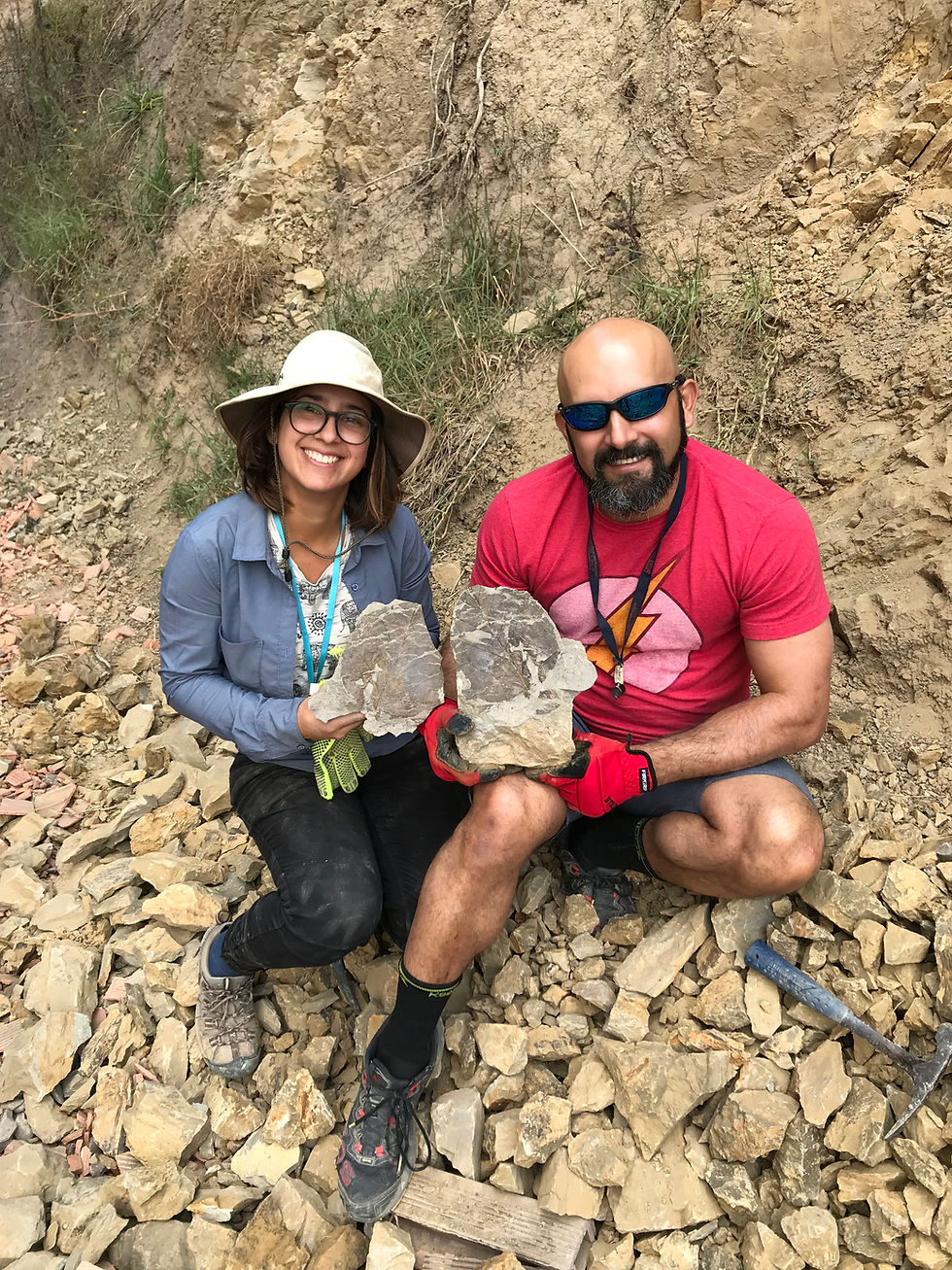
Paleobotany and the Evolution of modern tropical rainforests
When did modern rainforests originate? How has their ecology changed through time?
Modern tropical rainforests contain most of the world’s species diversity of vascular plants, and play a major role in Earth’s climate and biochemical cycles.
When did modern rainforests originate? Has their ecology changed through time?
It’s not easy finding fossils in the tropics in order to answer these questions, as the lush vegetation rapidly takes over outcropping rocks. Nonetheless, the northern Andes contain a nearly continuous sedimentary record of tropical latitudes spanning from the Late Jurassic to the recent.
I work with Cretaceous – Eocene plant fossils from Colombia aiming to understand how tropical ecosystems changed in response past extinction (K/Pg disaster) and global climate fluctuations (early Eocene megathermals).
I use methods in comparative morphology and phylogenetics to assess the natural affinities of fossil plants (who lived here in the past?); leaf damage, as a proxy of past ecological interactions; and more recently, I have begun using stable isotope geochemistry of leaf waxes and sediments to approach plant paleobiology in past ecosystems (how did past rainforests function?).
Interestingly, we keep on finding the ‘earliest known occurrences’ for many tropical plant clades, reflecting that the plant fossil record in the tropics is vastly understudied. We also find taxa that are currently absent from the New World, indicating processes of regional extinction and an overall plasticity in rainforest communities through geologic time.
The recent discovery of Aptian-Albian leaf compressions will provide a very interesting insight into tropical rainforests during early flowering plant diversification…
Project Gallery








M. Carvalho
Address:
Smithsonian Tropical Research Institute
Unit 9100 Box 0948 DPO AA 34002
USA
Email: moccada@gmail.com

